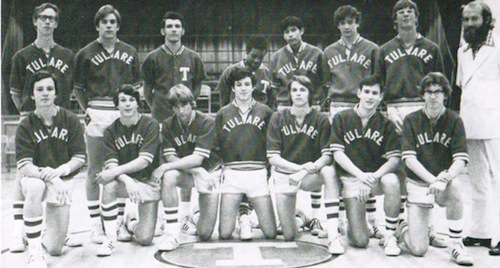
I'll give you a hint: I'm in the front row.
I just read a review of “The Geeks Shall Inherit the Earth,” by Alexandra Robbins, in the New York Times Book Review. The book follows 7 “outsiders” from 7 different high schools, like the Band Geek, the New Girl, the Loner, the Gamer, the Nerd.
She describes them as the “cafeteria fringe,” the students sitting by themselves during lunch against the wall, or maybe even in the hallway, rather than carrying on with a group of friends at a table.
Robbins views many of the cafeteria fringe as nonconformists, as individualists, as free thinkers. She writes, “It is unacceptable that the system we rely on to develop children into well-adjusted, learned, cultured adults allows drones to dominate and increasingly devalues freethinkers.” She says kids may get bullied for being “different,” when it’s really only that they are self-aware, creative, think for themselves, resilient, passionate. They become outsiders. Interesting points.
Fortunately, it’s just for four years. Then they leave and make something significant of themselves, maybe.
Robbins also mentions an upcoming movie called “Revenge of the Jocks,” about high school athletes who, later in life, find themselves working for the nerds they abused in high school.
Celebrities like to brag about having been nerds, unpopular, during high school. I don’t always believe it, especially when it comes from people like Nicole Kidman and Angelina Jolie. But maybe that was the case. I can see Angelina Jolie–a very distinct, noncomforming personality–being an outsider.
I don’t figure on reading the book. But it took me back to my own high school years, which still have an unusual pull on me after 35 years.
My high school years were split in half–2 years in Lake Havasu City, Ariz., two years in Tulare, Calif., after our family entered the ministry. In Lake Havasu, I never thought about being an outsider. I had a great group of friends I hung out with, and I played on the basketball team. We had a regular table in the cafeteria.
But California was a real jolt. I basically went friendless for two years. I ate by myself in the courtyard as a junior, and was joined only by my brother Stu my senior year (he was a freshman then). I played one year of basketball, and two years of tennis (including team captain as a senior), so I had some entree into the jock world. But I was still a new guy in the school, and mostly a loner. I wasn’t picked on; being an athlete helps you avoid most of that. I just never had a “group” to hang out with.
There is absolutely nobody, beyond a couple of teachers (who are no doubt retired now), whom I would care to see from that high school. Nobody. But there are a number of people from Lake Havasu I would love to see again. And then there’s Huntington College, which brought me out of the desert and gave me treasured lifelong friends.
I don’t regret those two years of high school in California. I learned a lot about myself, and learned empathy for people on the social fringe. Besides, God wanted us in the ministry, so there was no choice about it–that was where God wanted me. Yes, I have scars, but they’ve mostly faded away, and I still wear them without regret.
And I suspect that some of those jocks and cheerleaders who dominated the tables in the cafeteria have not done much with their lives. At least, the carnal side of me hopes that’s the case.


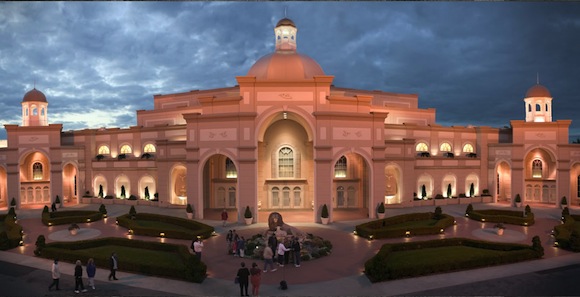

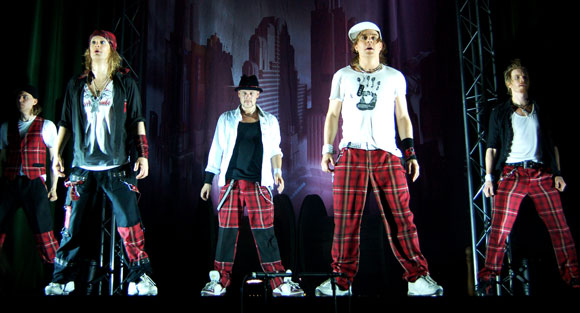
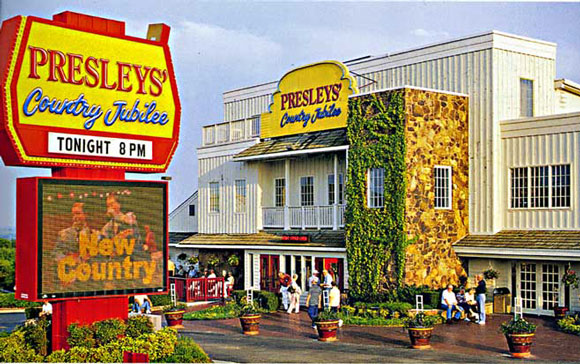
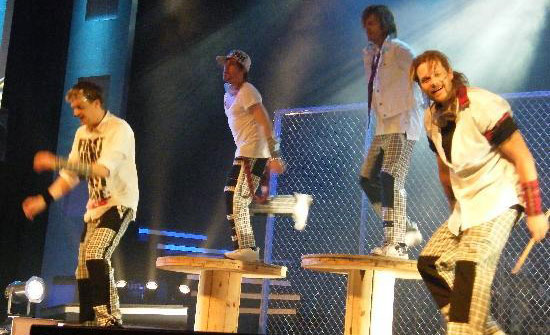

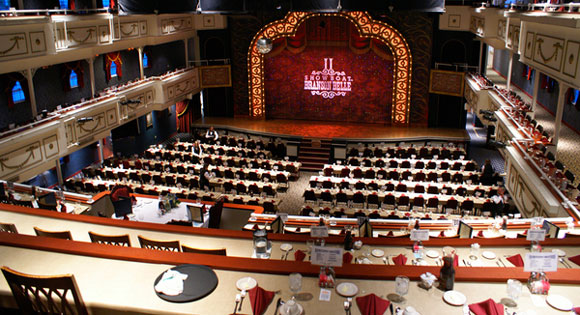
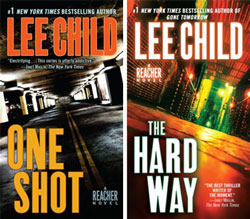 I’ve been reading the Lee Child “Jack Reacher” series in order. I just finished books 9 and 10 in the series. Jack Reacher is a truly original action hero, as lethal as they come. None of these books are art, but they are sure fun to read.
I’ve been reading the Lee Child “Jack Reacher” series in order. I just finished books 9 and 10 in the series. Jack Reacher is a truly original action hero, as lethal as they come. None of these books are art, but they are sure fun to read.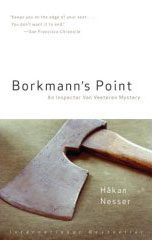 “Borkman’s Point,” by Hakan Nesser, was written in 1993 but not published in English until 2006. It’s part of a series starring Chief Inspector Van Veeteren, whose popularity in Sweden rivals fellow fictional sleuths Kurt Wallander and Martin Beck. So far, five Van Veeteren books have appeared in English, the latest in 2010 (though it was originally written in 1997), and a sixth (written in 1998) is due later this year.
“Borkman’s Point,” by Hakan Nesser, was written in 1993 but not published in English until 2006. It’s part of a series starring Chief Inspector Van Veeteren, whose popularity in Sweden rivals fellow fictional sleuths Kurt Wallander and Martin Beck. So far, five Van Veeteren books have appeared in English, the latest in 2010 (though it was originally written in 1997), and a sixth (written in 1998) is due later this year.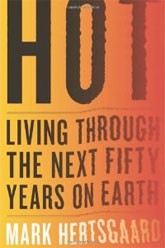 With a merciless heat wave in effect, I’m reminded of a superb book I read earlier in the year, “Hot: Living Through the Next 50 Years on Earth,” by Mark Hertsgaard. It’s the best book I’ve read so far this year.
With a merciless heat wave in effect, I’m reminded of a superb book I read earlier in the year, “Hot: Living Through the Next 50 Years on Earth,” by Mark Hertsgaard. It’s the best book I’ve read so far this year.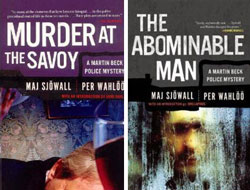 Murder at the Savoy is the sixth book (of 10 total) in the Martin Beck series, by Swedes Maj Sjowal and Per Wahloo. The series has ten books in all, written from 1965-1975. While Martin Beck is the main character, he’s not a dominant lead; most of the books scatter the story among an ensemble cast.
Murder at the Savoy is the sixth book (of 10 total) in the Martin Beck series, by Swedes Maj Sjowal and Per Wahloo. The series has ten books in all, written from 1965-1975. While Martin Beck is the main character, he’s not a dominant lead; most of the books scatter the story among an ensemble cast.


